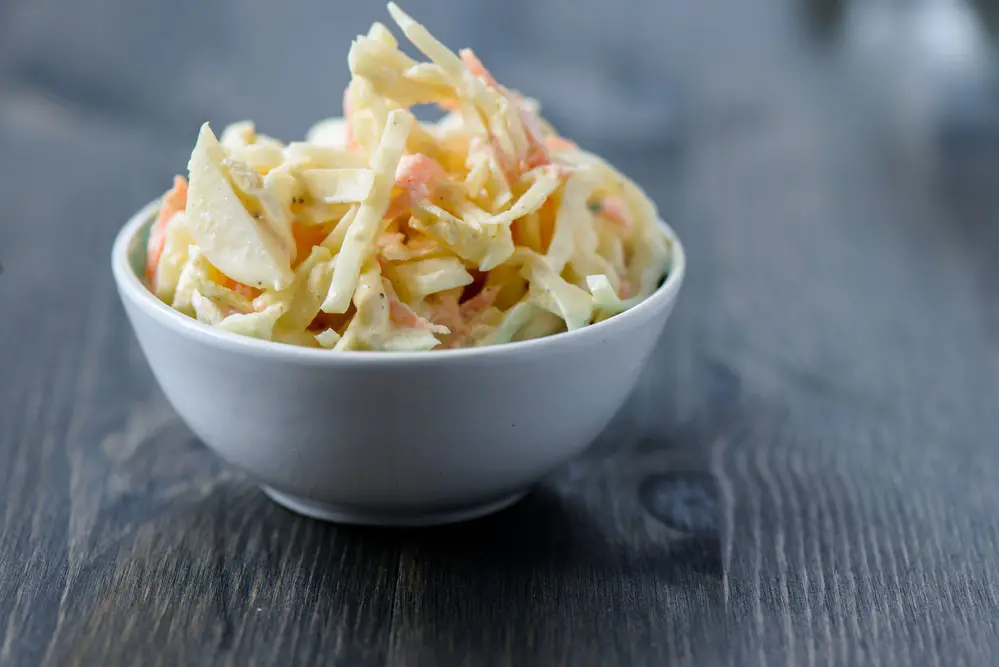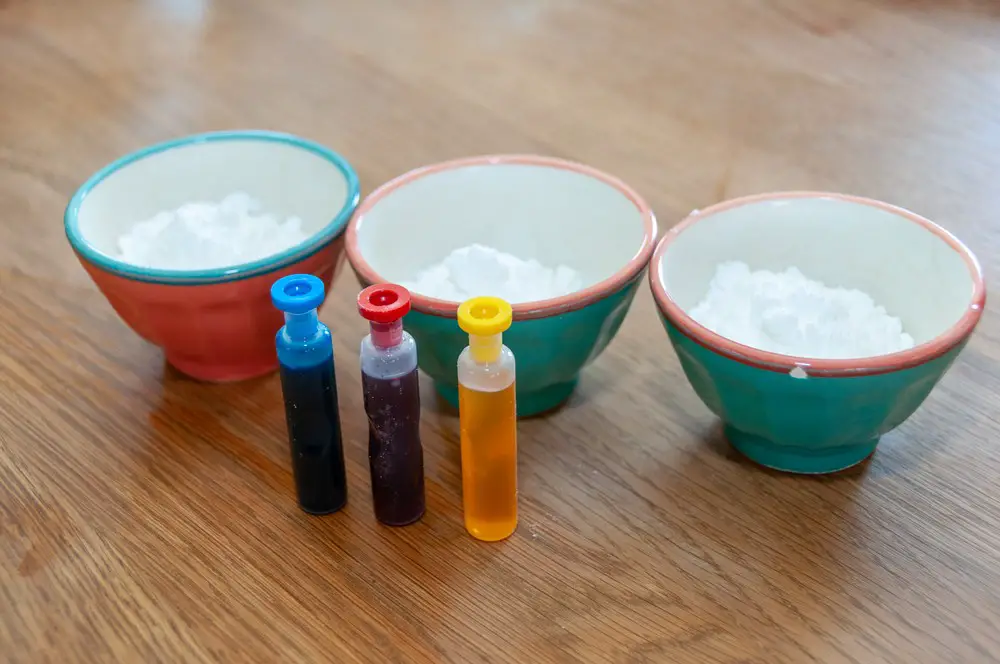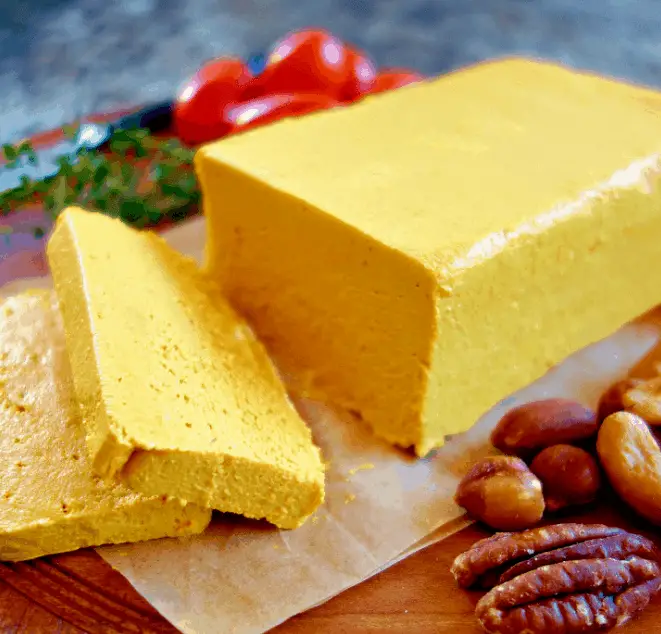Coleslaw, a popular salad made from shredded cabbage, carrots, and various dressings, is a staple at picnics, barbecues, and family gatherings. It’s versatility and refreshing taste make it a go-to side dish for various occasions. However, one common question is how long coleslaw remains good for and when it should be discarded.
Proper storage and handling play crucial roles in extending coleslaw’s shelf life and freshness. Factors such as the ingredients used in the dressing and the storage environment can greatly affect the longevity of this salad. Understanding these factors will help prevent food waste and ensure that the coleslaw served is always fresh and safe.
This article will delve into the various aspects affecting coleslaw’s shelf life, including the types of dressings commonly used, proper storage methods, and distinguishing between fresh and spoiled coleslaw. With this knowledge, readers can make the most of their homemade or store-bought coleslaw and enjoy it at its best.
Ingredients and Coleslaw Types
Cabbage and Other Vegetables
Coleslaw is a popular side dish made primarily from shredded cabbage. Typically, green cabbage is used, but other varieties, such as red or purple cabbage, can also be incorporated. In addition to cabbage, coleslaw recipes often include other shredded vegetables like carrots and onions, adding color and texture to the dish.
Coleslaw’s origins can be traced back to Dutch settlers who introduced a dish called “koolsla,” which translates to “cabbage salad.” Over time, various regions have developed their variations of coleslaw, incorporating different vegetable combinations and dressings.
Dressing: Vinegar or Mayonnaise
The dressing used in coleslaw is a crucial factor that determines its flavor and shelf life. The two primary types of coleslaw dressings are vinegar-based and mayonnaise-based.
Vinegar-based dressing:
- Ingredients: vinegar, sugar, salt, and sometimes a bit of oil
- Flavor profile: sweet and tangy
- Longer shelf life due to vinegar’s preservative properties
Mayonnaise-based dressing
- Ingredients: mayonnaise, salad dressing (like Miracle Whip), or sour cream combined with sugar or other sweetening agents and seasonings
- Flavor profile: creamy and mildly sweet
- Shorter shelf life compared to vinegar-based dressings; refrigeration is essential.
Both dressing types can be customized to personal preferences, with variations like vegan buttermilk or yogurt substitutes added for creaminess or different vinegar types offering unique flavors.
Vegan Coleslaw
Coleslaw can be easily adapted for those following a vegan diet by swapping out dairy-based mayonnaise or sour cream with vegan substitutes. Plenty of vegan mayonnaise options are available in stores, or you can make your dressing with ingredients like cashews or silken tofu blended with vinegar, sugar, and seasonings.
Storing Coleslaw
When it comes to coleslaw, proper storage can make a significant difference in its shelf life and taste. Coleslaw should always be stored in a cool, dark place to prevent spoilage. The following sub-sections provide tips on fridge storage, airtight containers, and comparing store-bought and homemade coleslaw storage.
Fridge Storage
Refrigerating coleslaw is essential for keeping it fresh and ensuring food safety. The ideal place to store coleslaw is in the refrigerator, where the cool temperature slows down the growth of bacteria. It is important to keep the following in mind:
- Keep coleslaw refrigerated at temperatures around 40°F (4°C) or lower
- Monitor for signs of spoilage, such as a watery texture, off-putting smell, or surface mold
- Do not freeze coleslaw, as it can alter the texture and taste
Airtight Containers
Using an airtight container is crucial when storing coleslaw. This method prevents any cross-contamination and preserves the freshness of your coleslaw. Consider these points when choosing a container:
- Opt for glass containers over plastic ones, as they are less susceptible to retaining odors and staining
- Ensure the container has an air-tight seal, such as a locking lid or a silicone gasket
- Keep the container in the refrigerator and avoid storing in the pantry
Store-Bought vs Homemade
There are notable differences between the storage requirements for store-bought and homemade coleslaw. Store-bought coleslaw often contains preservatives that extend its shelf life, while homemade versions may lack these additives.
| Store-bought Coleslaw | Homemade Coleslaw | |
|---|---|---|
| Shelf Life | 1-2 weeks | 3-5 days |
| Expiration | Check the best before or sell-by date | Use dairy products within their expiration dates |
| Storage Tips | Keep in original packaging or transfer to an airtight container | Store in an airtight container and avoid prolonged exposure to air |
Remember, regardless of whether the coleslaw is store-bought or homemade, always practice good food safety by checking for signs of spoilage and discarding any that appear unsafe for consumption.
Coleslaw Quality and Shelf Life
Determining Freshness
Coleslaw, a combination of cabbage and other veggies mixed with a dressing, is a popular dish with Dutch origins. Its shelf life varies depending on the ingredients and preparation method. Refrigeration is crucial in maintaining freshness, as it slows down bacterial growth. To determine the freshness of coleslaw, it’s essential to consider the following factors:
- Check the best-by date on store-bought coleslaw.
- Homemade coleslaw generally lasts for 3-5 days when refrigerated.
- Coleslaw made with vinaigrette usually lasts longer than creamy dressings like ranch.
- Use fresh cabbage and veggies as the foundation of the dish.
Signs of Spoilage
It’s essential to recognize the signs of spoilage in coleslaw to avoid food poisoning caused by harmful bacteria. Keep an eye out for these symptoms:
- Odor: A strong, sour smell indicates spoilage.
- Discoloration: If coleslaw turns gray, it’s no longer fresh.
- Texture: As coleslaw sits, it may become watery. However, a slimy texture is a sign of spoilage.
- Mold: Look for black spots or surface mold that may indicate pathogenic bacterial growth.
If any of the above signs are present, it’s best to dispose of the coleslaw and avoid consuming it. Regarding food safety, it’s always better to be cautious than to risk getting sick.
Food Safety
Risk of Food Poisoning
Coleslaw, a popular salad dish, contains various ingredients that may pose potential food safety risks if not stored properly. Since it often contains mayonnaise or other dairy-based dressings, coleslaw can spoil rapidly and cause food poisoning.
Bacteria such as Salmonella and E. coli are common culprits in food poisoning cases related to coleslaw. These bacteria thrive in warm and moist environments, increasing the risk of illness if coleslaw is improperly stored.
Healthy Storage Practices
To maintain the freshness and safety of coleslaw, follow these storage practices:
- Refrigerate promptly: Place it in the refrigerator immediately upon purchasing or making coleslaw. The ideal temperature is below 40°F (4°C).
- Use airtight containers: Store coleslaw in clean, airtight containers to minimize exposure to bacteria, air, and moisture.
- Follow the 2-hour rule: If coleslaw has been unrefrigerated for over 2 hours, discard it. For outdoor events, reduce this time to 1 hour if temperatures exceed 90°F (32°C).
- Consume within 3-5 days: Even when stored properly, coleslaw should be consumed within 3-5 days to ensure the best quality and safety.
By adhering to these storage practices, potential risks of food poisoning can be minimized, and everyone can enjoy coleslaw safely.
FAQs
How long is store-bought coleslaw good for?
Store-bought coleslaw lasts 3 to 5 days in the fridge when it is unopened and stored at 40°F (4°C) or below. However, if the expiration date on the packaging has passed, it might not be safe to eat anymore.
How long is homemade coleslaw good for?
When properly stored in an airtight container, homemade coleslaw can last for 3 to 4 days in the fridge at 40°F (4°C) or below. Consuming it within this time frame is best to ensure freshness and safety.
What are some signs that coleslaw has gone bad?
- Off smell: If the coleslaw has an unpleasant or sour odor, it strongly indicates that it has spoiled.
- Mold or discoloration: Visible mold or discoloration should warn that the coleslaw is no longer safe to eat.
- Slimy or watery texture: Coleslaw that has become slimy or watery should be discarded, as it may be unsafe to consume.
Can coleslaw be frozen to extend its shelf life?
Coleslaw can be frozen for up to 2 months in an airtight container to extend its shelf life. However, this may affect its texture as cabbage becomes more soggy once thawed.







